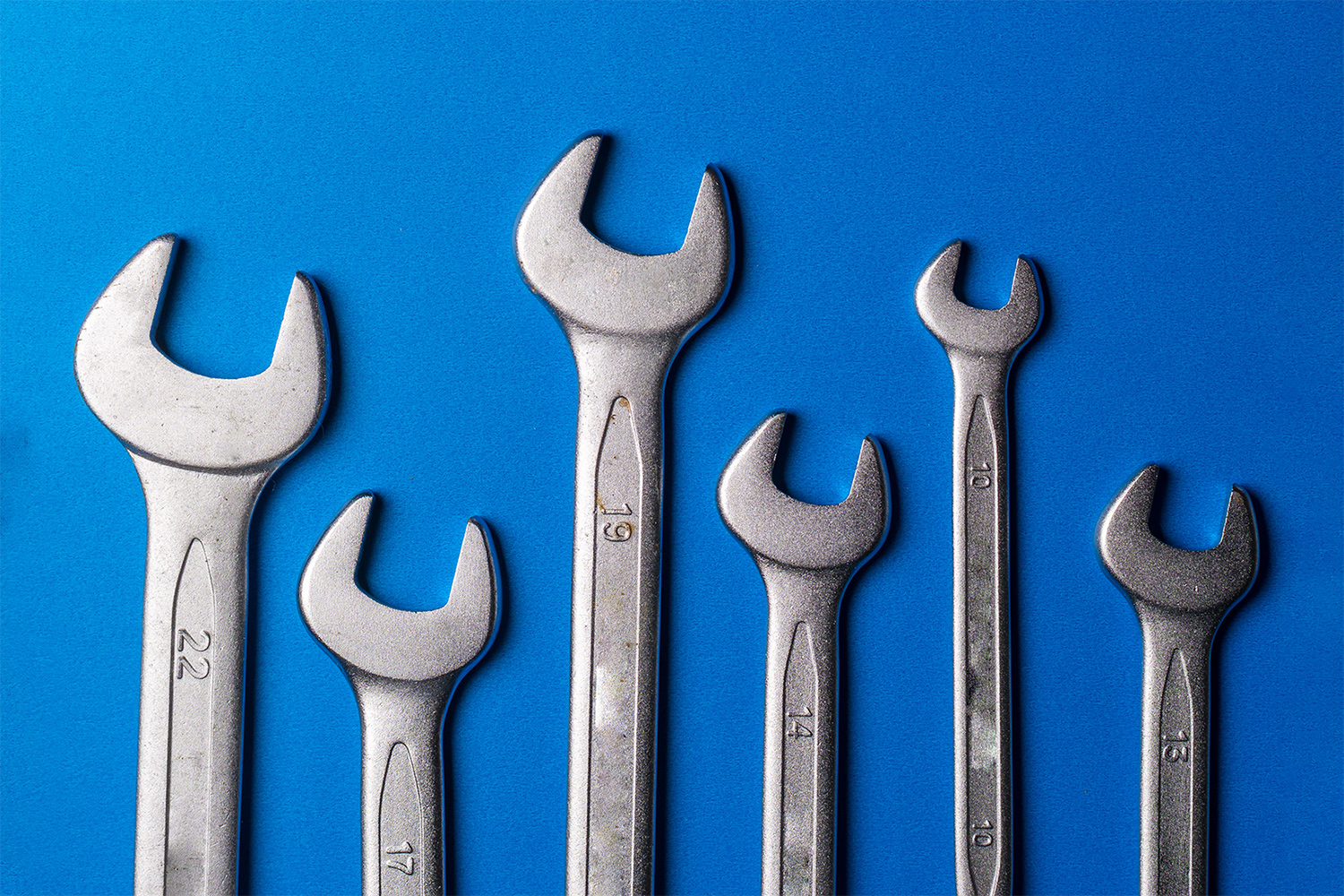
Having the right wrench on hand is the key for many DIY projects. Whether you’re a seasoned DIY enthusiast or just starting out, understanding how to select the best wrench for your needs can transform your work. This article will take you through the essentials of choosing the right wrench, from types and sizes to materials, so you’re well-equipped to handle your DIY projects with skill and ease.
Understanding different types of wrenches
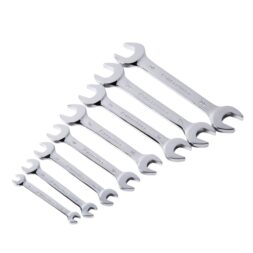
Wrenches come in many shapes and sizes. Choosing the right wrench is about identifying the tasks you need to accomplish. Explore the most common types and their best uses:
- Open-end wrench: Open-end wrenches, characterized by their U-shaped ends, are perfect for situations where other wrenches won’t fit. Their design allows for quick engagement with nuts and bolts in cramped spaces. However, their grip isn’t as tight as other types, so they are a good option for less demanding situations.
- Box-end wrenches: Box-end wrenches enclose the fastener completely, providing a secure grip that reduces the risk of stripping. Their robust design makes them ideal for high-torque applications, such as automotive repairs or heavy machinery maintenance.
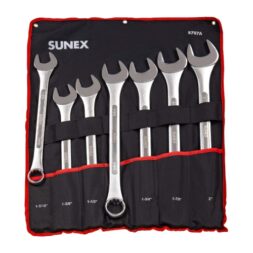
- Combination wrenches: Combination wrenches offer the best of both worlds, with an open-end on one side and a box-end on the other. This dual functionality makes them a popular choice for a wide range of projects, offering flexibility and convenience.
- Adjustable wrenches: Adjustable wrenches are a one-size-fits-all solution. Featuring a movable jaw, they can adapt to various sizes. They are excellent for general-purpose use but require careful handling to maintain grip and avoid damaging the fastener.
- Ratchet wrenches: Ratchet wrenches stand out with their ratcheting mechanism, which lets you turn a fastener without repositioning the tool. This feature is particularly useful in confined spaces where movement is limited, making them a favourite for mechanics.
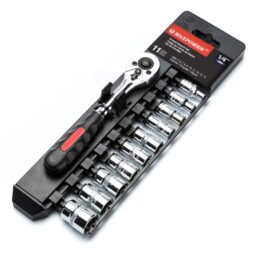
- Socket wrenches: Socket wrenches are unique with their interchangeable sockets, offering precise fits for a wide range of bolt and nut sizes. They excel in situations requiring depth and precision, such as engine work or electronic repairs.
- Allen Wrenches (Hex Keys): Allen wrenches, or hex keys, are small L-shaped tools. They are uniquely designed to fit and drive bolts and screws with hexagonal sockets. They are indispensable for tasks involving furniture assembly, bicycle maintenance, and electronic repairs, where hex screws are commonly used.
- Specialty wrenches: Specialty wrenches, such as torque wrenches and pipe wrenches, cater to very specific applications, often filling the gap when standard wrenches fall short. Torque wrenches, for instance, are indispensable for applying precise force, such as in automotive work or machinery assembly. Consider a specialty wrench when you encounter tasks that a standard wrench cannot accomplish effectively.
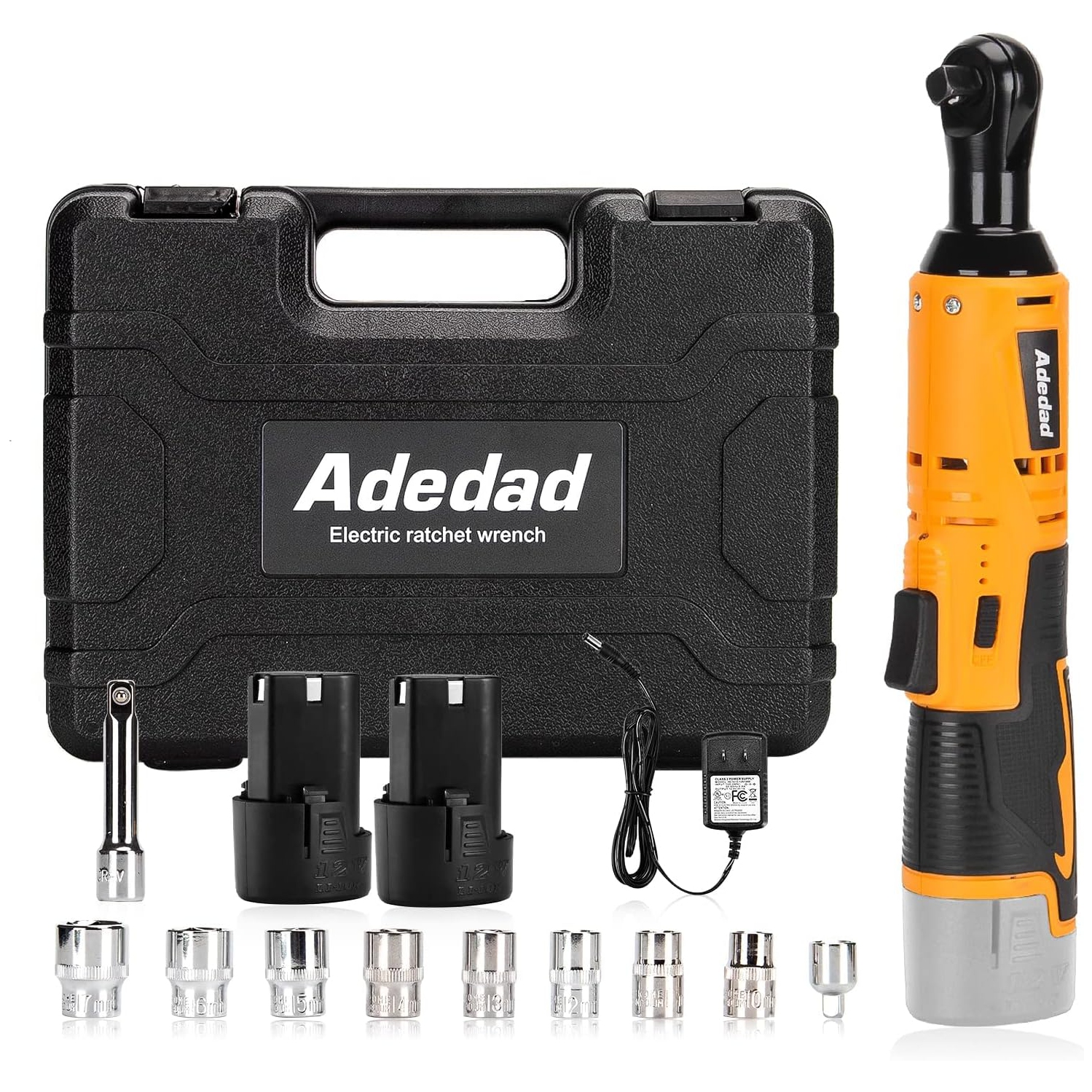
Wrench sizes and measurements
Choosing the right wrench is critical for both the tool’s longevity and your project’s success. The right fit prevents damage to fasteners and ensures that you can apply the correct amount of torque without slipping. Here’s how you can find the perfect match in terms of size and measurement:
Metric vs. imperial sizes
Wrenches come in two primary measurement systems: metric (millimeters) and imperial (inches). It’s crucial to match the wrench size with the system used in your project. Using a metric wrench on an imperial bolt, or vice versa, can lead to improper fit. This results in slippage, fastener damage, and increased risk of injury.
Familiarizing yourself with both systems and having a set of each can significantly enhance your readiness for a diverse range of DIY tasks. Some projects may require the use of both types of wrenches.
Ensuring the right fit
To ensure a perfect wrench fit, accurate measurement is paramount. The ideal approach to choosing the right wrench is to use a caliper or a ruler to measure the distance across the flat sides of the bolt or nut, giving you the exact size needed. If precise tools aren’t available, you can employ a trial-and-error method with an adjustable wrench, adjusting it until it snugly fits the fastener. This process, while less exact, is often sufficient for general use. It’s crucial to remember that a well-fitting wrench not only makes the job easier but also prevents damage to the fastener and reduces the risk of injury from slippage. Whether using standard or adjustable wrenches, taking the time to measure correctly ensures both safety and efficiency in your DIY projects.
Ergonomics and comfort
Ergonomics and comfort are also important considerations, especially for tasks that require prolonged use. A well-designed wrench should fit comfortably in your hand, with a handle shaped to minimize strain and fatigue. Look for wrenches with features like cushioned grips or anti-slip coatings, which provide better control and reduce the risk of hand fatigue or injury. The weight and balance of the wrench also play a significant role. A wrench that is too heavy or poorly balanced can make precision work challenging and lead to discomfort over time. A wrench with optimal ergonomics enhances your efficiency and makes the DIY experience more enjoyable. Choosing the right wrench involves prioritizing ergonomics and comfort, ensuring a safer and more effective approach to your projects.
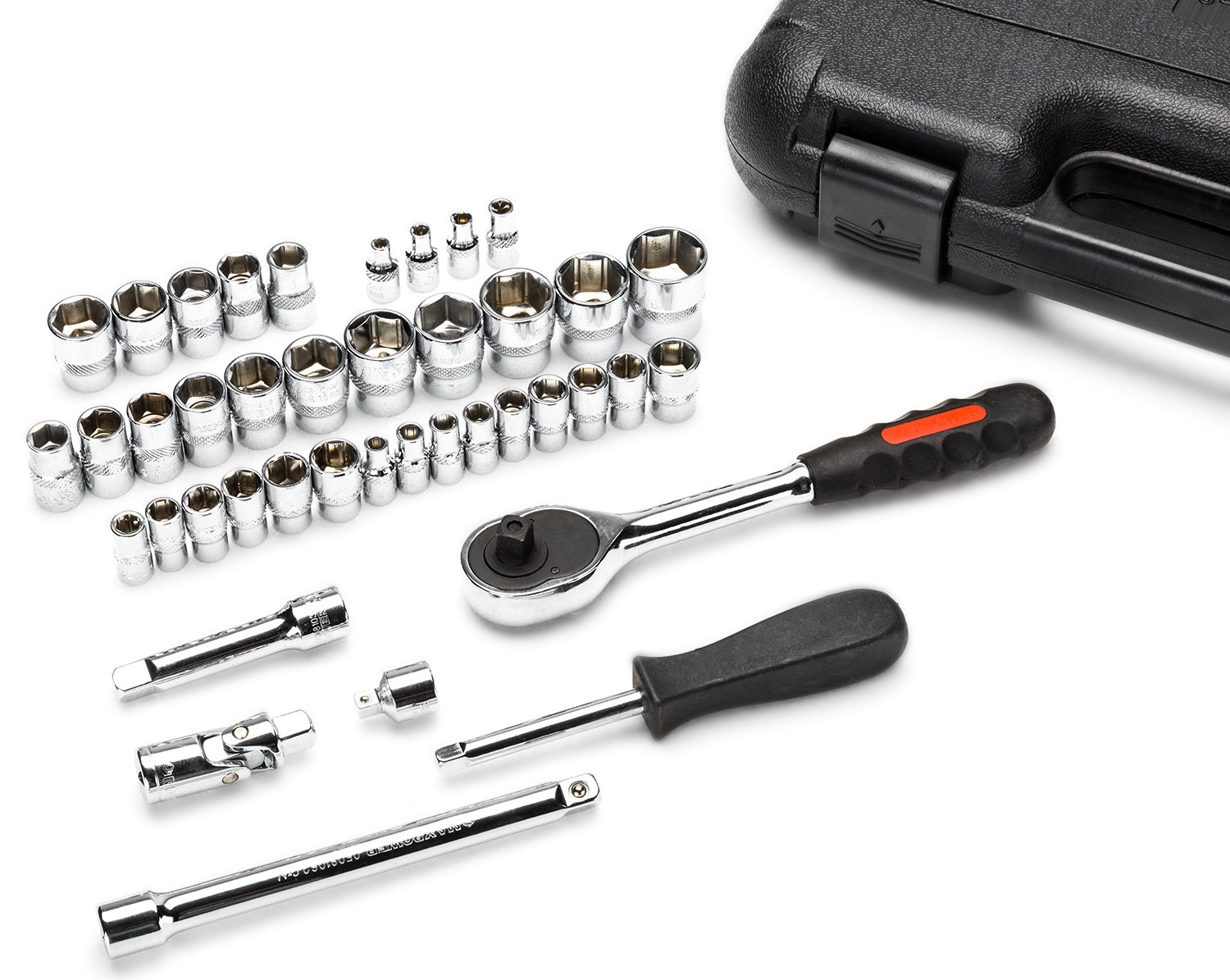
Sets vs. individual wrenches
When building a wrench collection, one of the first decisions is whether to buy wrench sets or individual pieces. Sets offer the advantage of having a comprehensive range of sizes at your disposal, often at a more economical price per wrench than buying each piece separately. They are particularly useful for beginners, providing a broad spectrum of sizes suitable for various tasks. However, sets may include sizes that you seldom use, potentially taking up extra space in your toolbox. On the other hand, purchasing individual wrenches allows you to tailor your collection to your specific needs, ensuring you have the tools that are most relevant to your projects. This approach can be more cost-effective in the long run, as you avoid spending on sizes you don’t need.
For beginners, starting with a basic set of combination wrenches in standard sizes is a practical approach. As you gain more experience and understand your specific needs, expand your collection by adding individual wrenches or specialty types that your initial set may lack. This gradual expansion ensures that your toolbox evolves in line with your growing skills and the complexity of your projects.
Care and maintenance of wrenches
Proper care and maintenance are essential to prolong the life of your wrenches and ensure their effectiveness and safety. Regular cleaning is key; wipe down your wrenches after each use to remove any dirt, grease, or debris. This not only preserves their condition but also ensures safer and easier usage. For storage, keep your wrenches organized in a dry, clean toolbox or on a wall-mounted rack to prevent damage and rust. A dry storage environment is important, particularly if you live in a humid area, as it helps to avoid corrosion.
In terms of preservation, applying a light coat of machine oil or a rust inhibitor occasionally can help prevent rust and wear, extending the life of the tools. It’s important to handle your wrenches with care to prevent accidental damage. Keep an eye out for signs of wear or damage, such as cracks, bends, or reduced efficiency, as these are indicators that a wrench needs replacing. Regularly assessing the condition of your wrenches and upgrading when necessary ensures you always have reliable tools at hand for your projects.
Empower your DIY journey by choosing the right wrench
Choosing the right wrench for your DIY projects will enable you to tackle each task with confidence and precision. From understanding the various types of wrenches to choosing between sets and individual pieces, each decision enriches your toolkit and enhances your ability to tackle projects with confidence. Remember, the longevity and effectiveness of your wrenches also depend on proper care and maintenance. Ensure that each turn of the wrench brings you closer to realizing your DIY goals with precision and ease with the right equipment. Now is the time to build your own personal wrench collection. Expanding your tool kit? Make sure to read this article next to learn how to master the basics.
This article was drafted using AI technology and then reviewed, fact-checked, and revised by a member of our editorial team.





